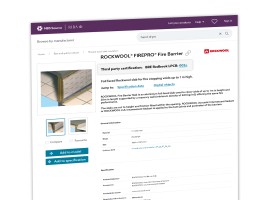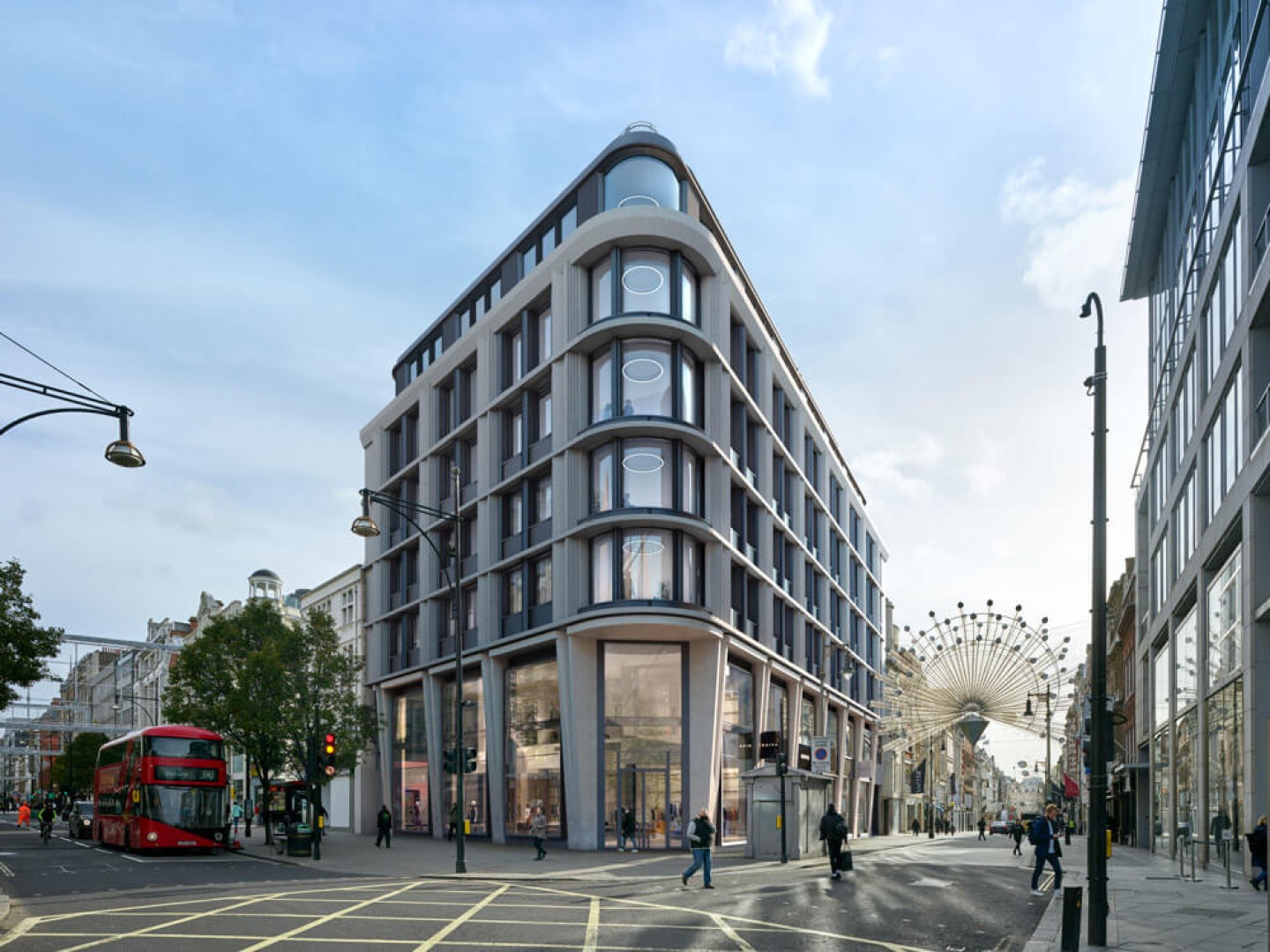
Third-party certification with NBS Source
15 May 2020
Over recent years, one of the most popular requests for improvements from construction profession...
04 January 2022 | By NBS
We caught up with an architect to hear first-hand what makes a good CPD seminar. Find out what you need to do to make sure that you’re delivering the best possible RIBA CPD seminars.

We chatted to Rachel Hoolahan, architect at Orms, to find out what kind of CPD content resonates with specifiers from her first-hand experience of attending CPD sessions.
The RIBA CPD Providers Network gives manufacturers the opportunity to educate architects, specifiers and designers about their brands and products.
Orms is a London-based architectural practice that specialises in the commercial office, hospitality and education sectors, both on new builds and refurbishments.
We wanted to find out how CPD is managed at Orms, what architect Rachel Hoolahan and her colleagues expect from RIBA CPD Providers, and what resonates most with them during a CPD seminar. Here’s what Rachel had to say.
We have an in-house masterclass team that volunteers to organise around three CPD sessions per month. We aim to deliver the RIBA curriculum and ARB requirements, so try to have a diverse mix of providers.
CPD providers can get in touch with our office via phone or email; we’ll then pass on the email address for the masterclass team to arrange a session.

Our CPDs are held on one of our ‘work-from-the-office’ days, so we ask that providers come into the office and deliver the session during a lunchtime.
We expect that the RIBA CPD Provider presents relevant information and can answer our questions – or at least put us in touch with the best person to answer our questions.
We understand there will be an element of showcasing a brand and its products, but presentations that consist only of case studies showing off a manufacturer’s work aren’t necessarily informative. We want to learn something from these seminars; this also makes them far more memorable.
Yes. It’s hugely beneficial to us as it allows us to make more informed decisions, avoid common errors in our working practices and have better conversations with manufacturers about their products.

A summary of legislative background would be interesting; references to good practice, common errors to avoid and one or two case studies are great. We also appreciate when they reference relevant context – for example, sustainability considerations are important for us to know about. We appreciate when providers avoid delivering a sales pitch and try to share their wider expertise with us instead.
A follow-up email is always useful so that we have the provider’s contact details, in case we’d like to get back in touch in the future.
RIBA accreditation provides an additional level of credibility to your CPD material; 85% of RIBA Chartered Members and 75% of non-members have said that they’re familiar with the Providers Network logo and that they prefer RIBA CPD to any other series, while nearly 60% of architects go on to specify one or more of a manufacturer’s products after attending their CPD session.